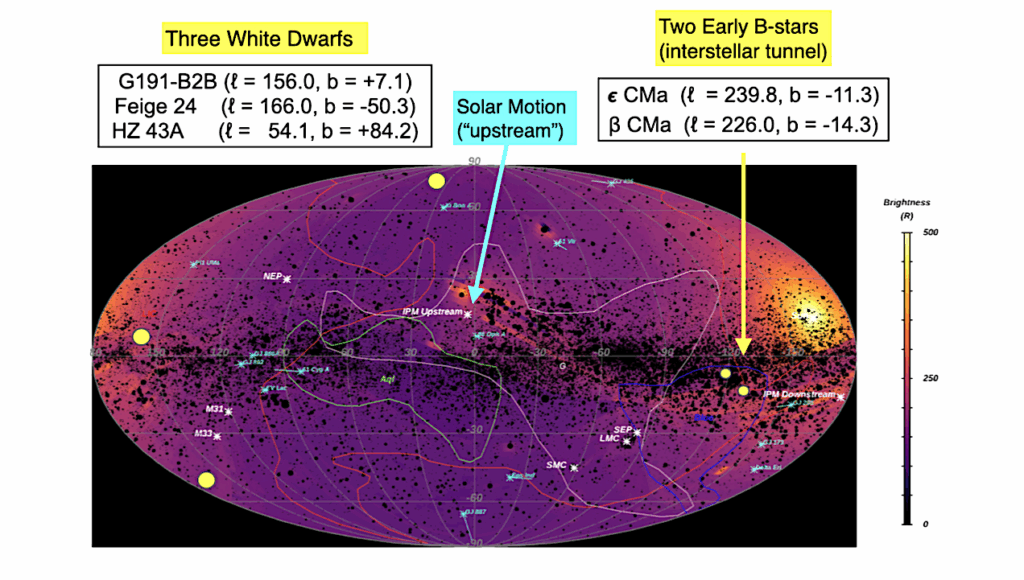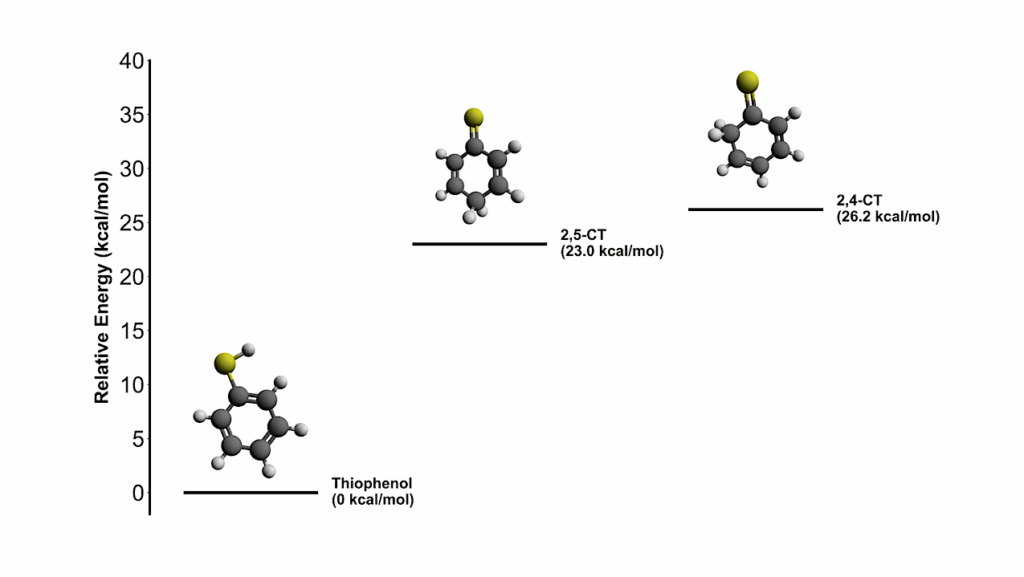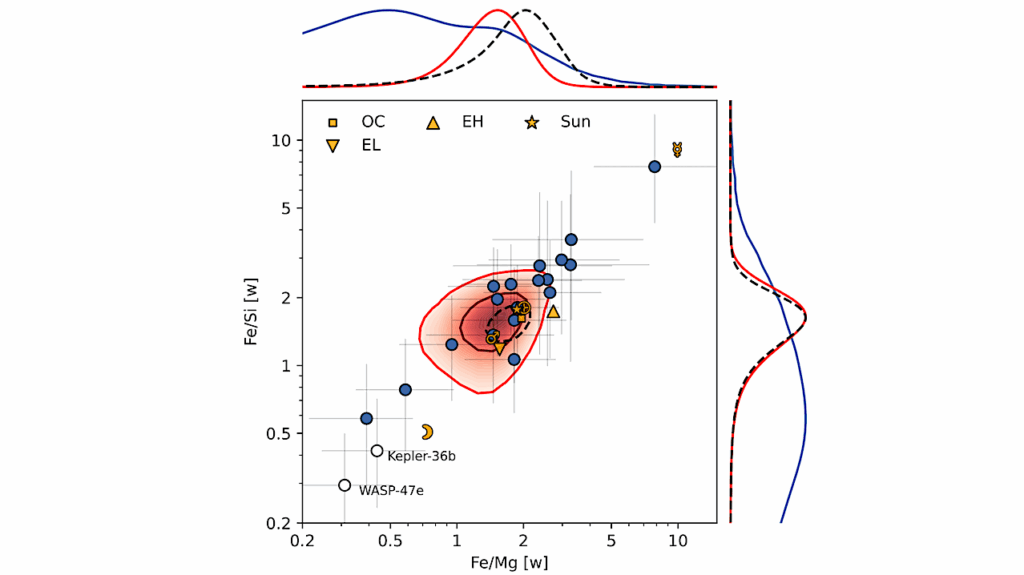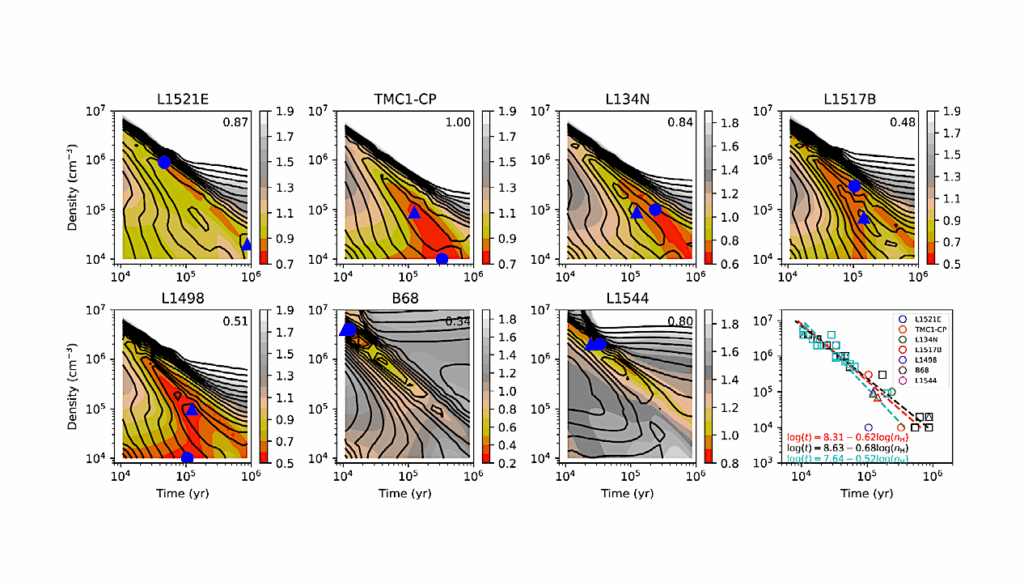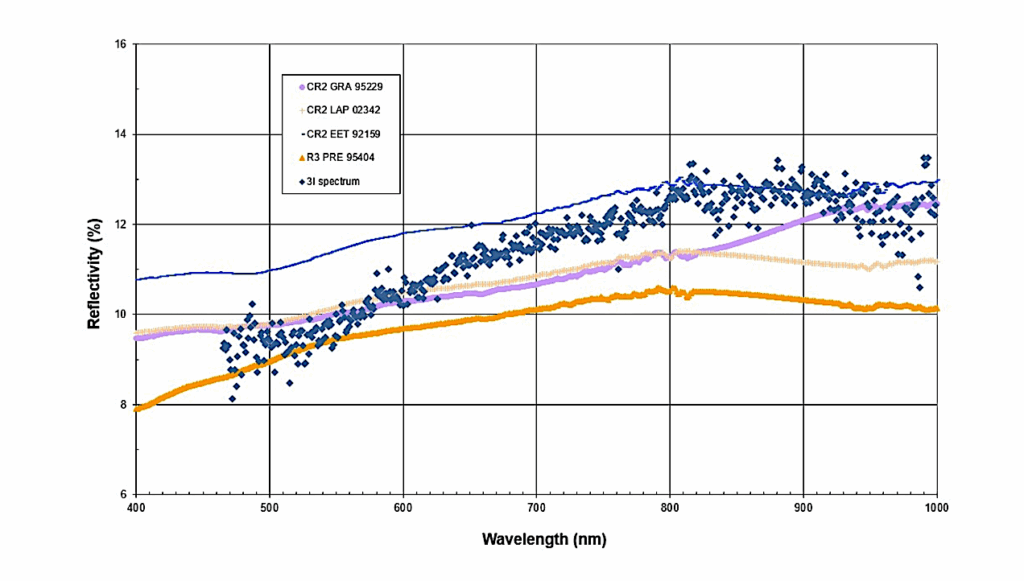TESS and ESPRESSO Discover A Super-Earth And A Mini-Neptune Orbiting The K-dwarf TOI-238
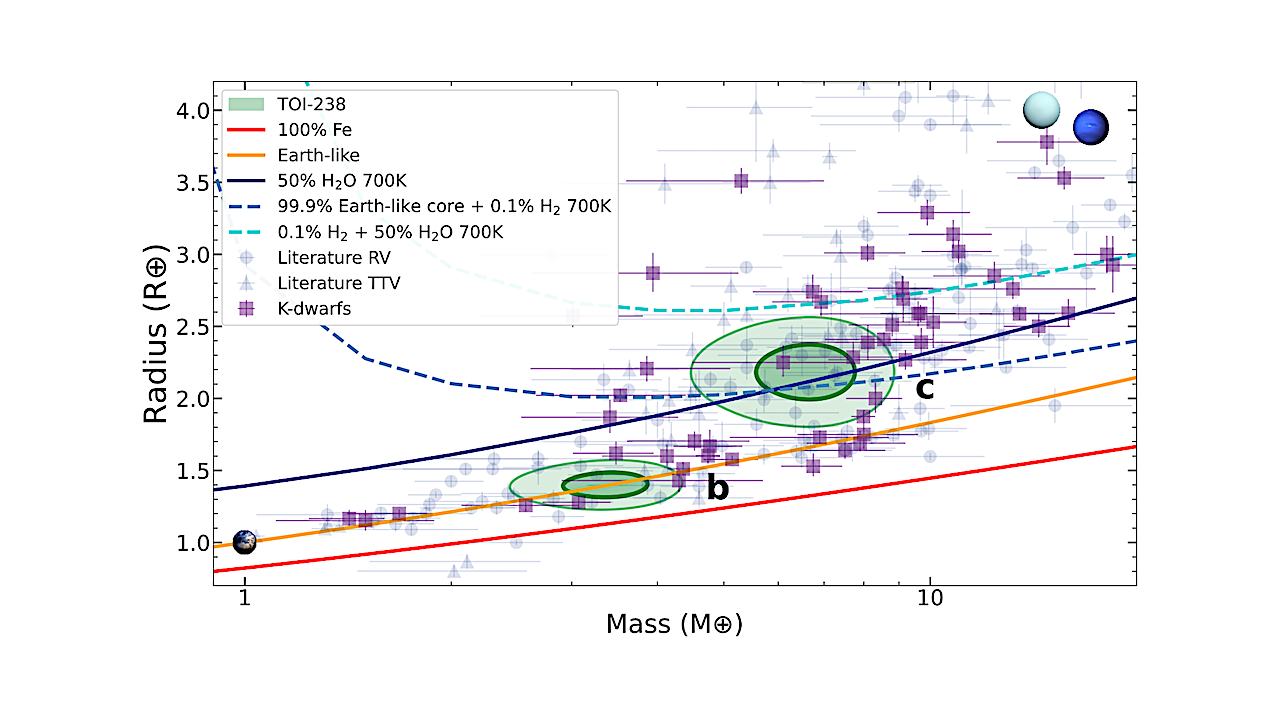
The number of super-Earth and mini-Neptune planet discoveries has increased significantly in the last two decades thanks to transit and radial velocity surveys. When it is possible to apply both techniques, we can characterise the internal composition of exoplanets, which in turn provides unique insights on their architecture, formation and evolution.
We performed a combined photometric and radial velocity analysis of TOI-238 (TYC 6398-132-1), which has one short-orbit super-Earth planet candidate announced by NASA’s TESS team. We aim to confirm its planetary nature using radial velocities taken with the ESPRESSO and HARPS spectrographs, to measure its mass and to detect the presence of other possible planetary companions. We carried out a joint analysis by including Gaussian processes and Keplerian orbits to account for the stellar activity and planetary signals simultaneously.
We detected the signal induced by TOI-238 b in the radial velocity time-series, and the presence of a second transiting planet, TOI-238 c, whose signal appears in RV and TESS data. TOI-238 b is a planet with a radius of 1.402+0.084−0.086 R⊕ and a mass of 3.40+0.46−0.45 M⊕. It orbits at a separation of 0.02118 ± 0.00038 AU of its host star, with an orbital period of 1.2730988 ± 0.0000029 days, and has an equilibrium temperature of 1311 ± 28 K. TOI-238 c has a radius of 2.18± 0.18 R⊕ and a mass of 6.7 ± 1.1 M⊕. It orbits at a separation of 0.0749 ± 0.0013 AU of its host star, with an orbital period of 8.465652 ± 0.000031 days, and has an equilibrium temperature of 696 ± 15 K. The mass and radius of planet b are fully consistent with an Earth-like composition, making it likely a rocky super-Earth. Planet c could be a water-rich planet or a rocky planet with a small H-He atmosphere.
A. Suárez Mascareño, V. M. Passegger, J. I. González Hernández, D. J. Armstrong, L. D. Nielsen, C. Lovis, B. Lavie, S. G. Sousa, A.M. Silva, R. Allart, R. Rebolo, F. Pepe, N. C. Santos, S. Cristiani, A. Sozzetti, M.R. Zapatero Osorio, H. M. Tabernero, X. Dumusque, S. Udry, V. Adibekyan, C. Allende Prieto, Y. Alibert, S. C. C. Barros, F. Bouchy, A. Castro-González, K. A. Collins, M. Damasso, V. D’Odorico, O. D. S. Demangeon, P. Di Marcantonio, D. Ehrenreich, A. Hadjigeorghiou, N. Hara, F. Hawthorn, J. M. Jenkins, J. Lillo-Box, G. Lo Curto, C. J. A. P. Martins, A. Mehner, G. Micela, P. Molaro, N. Nunes, N. Nari, A. Osborn, E. Pallé, G. R. Ricker, J. Rodrigues, P. Rowden, S. Seager, A. K. Stefanov, P. A. Strøm, J. N. S. Villaseñor, C. N. Watkins, J. Winn, B. Wohler, R. Zambelli
Comments: 33 pages, 31 figures, 5 tables. Accepted for publication at A&A
Subjects: Earth and Planetary Astrophysics (astro-ph.EP)
Cite as: arXiv:2402.04113 [astro-ph.EP] (or arXiv:2402.04113v1 [astro-ph.EP] for this version)
Submission history
From: Alejandro Suárez Mascareño
[v1] Tue, 6 Feb 2024 16:06:18 UTC (29,034 KB)
https://arxiv.org/abs/2402.04113
Astrobiology


